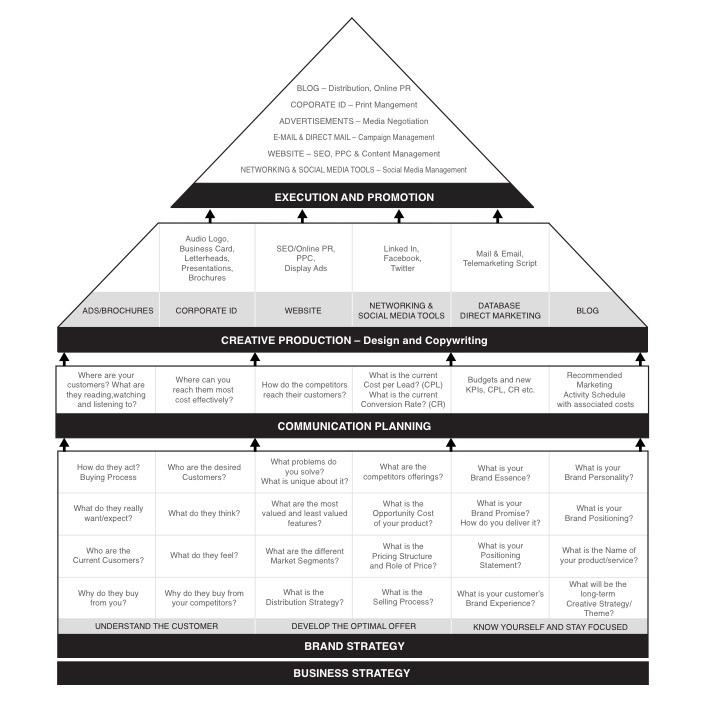
The Assets and Liabilities of Brand Names

When examining examples of good and bad brand names we must use a set of reasonably objective evaluation criteria. As these were discussed in the last post, I will summarise all of them like this:
“It’s not what it is, but how you use it – your brand name that is!” This is especially true for small businesses that do not have multimillion dollar budgets to “make their brand synonymous” with a particular product or service through the sheer weight of their media investment.
Hence ‘campiagnability’, how the brand name provides the business with creative flexibility to promote it’s services and more memorably and emotionally connect with its customers is paramount.
Let’s look at a few examples:
Radio Rentals – the iconic Australian electronics retailer’s brand name may have been great when it was founded in the 1930’s in the UK, but today this functional or descriptive name is no longer relevant and is in fact very limiting. No brand consultant would ever recommend changing it unless there was a multimillion dollar budget and a great reason to do so, because the brand equity built over the years is too great but ‘radio rentals’ lost its relevance probably by the early 1950’s.
Most SME brands are today still named after their founders or are very descriptive in nature, a benefit when the business is starting out and the name tells the target audience exactly what the business is all about, e.g: John’s Plumbing Supplies, etc. However as the business grows the name doesn’t lend itself to be easily promoted…
The Shaver Shop franchise – a great concept – looks like it is facing a similar dilemma. What started as a focused category player is now selling a number of product categories that are no longer about shaving. Only time will tell if this “brand extension” will be successful. The brand name again was most likely too descriptive and limiting in the first place.
Let’s compare that with one of the world’s most famous and successful brands like Apple – which was never a name that sounded like it was in the computer business. Jobs came up with the name “Apple” after visiting an orchard and having a wonderful experience, an experience he wanted his customers to have with an approachable company, which the name Apple fit perfectly. Experiential names and names that tap into consumer emotions are more likely to become much greater assets. Branson did the same with Virgin in the music industry!
Here are some of the names we have developed for our clients:
D&M – A brand of natural skin care products
Fighting Fit For Life – A Personal Trainer that specialises in boxing and martial arts training
Room to Improve – For an interior designer and decorator
Money Rules – A debt reduction educational program and software
Sirius Business – A business coach
Meaningful Exchange – A multi-lingual translation service
Guys Domain – A psychotherapist specialising in men’s issues
Schoffered Tours – Personalised Wine Tour Operator
Everyone of these names creates a myriad of promotional possibilities for many years to come and this is further complimented by the brand positioning statements / slogans. You can see the names, logos and the positioning statements on the next post.
Finally a great name is worth protecting – ‘Trade Marking’. Do it through a professional IP lawyer, you may pay more but it is worth doing it correctly the first time around. There are a number of legal issues than can make the DIY approach more expensive in the long run.
For example in the Australian market place there are 2 “Women at Work” and 2 “The Extension Factory” businesses that obviously didn’t protect their great names when they started their business. If your name is worth using it is worth protecting.







Recent Comments